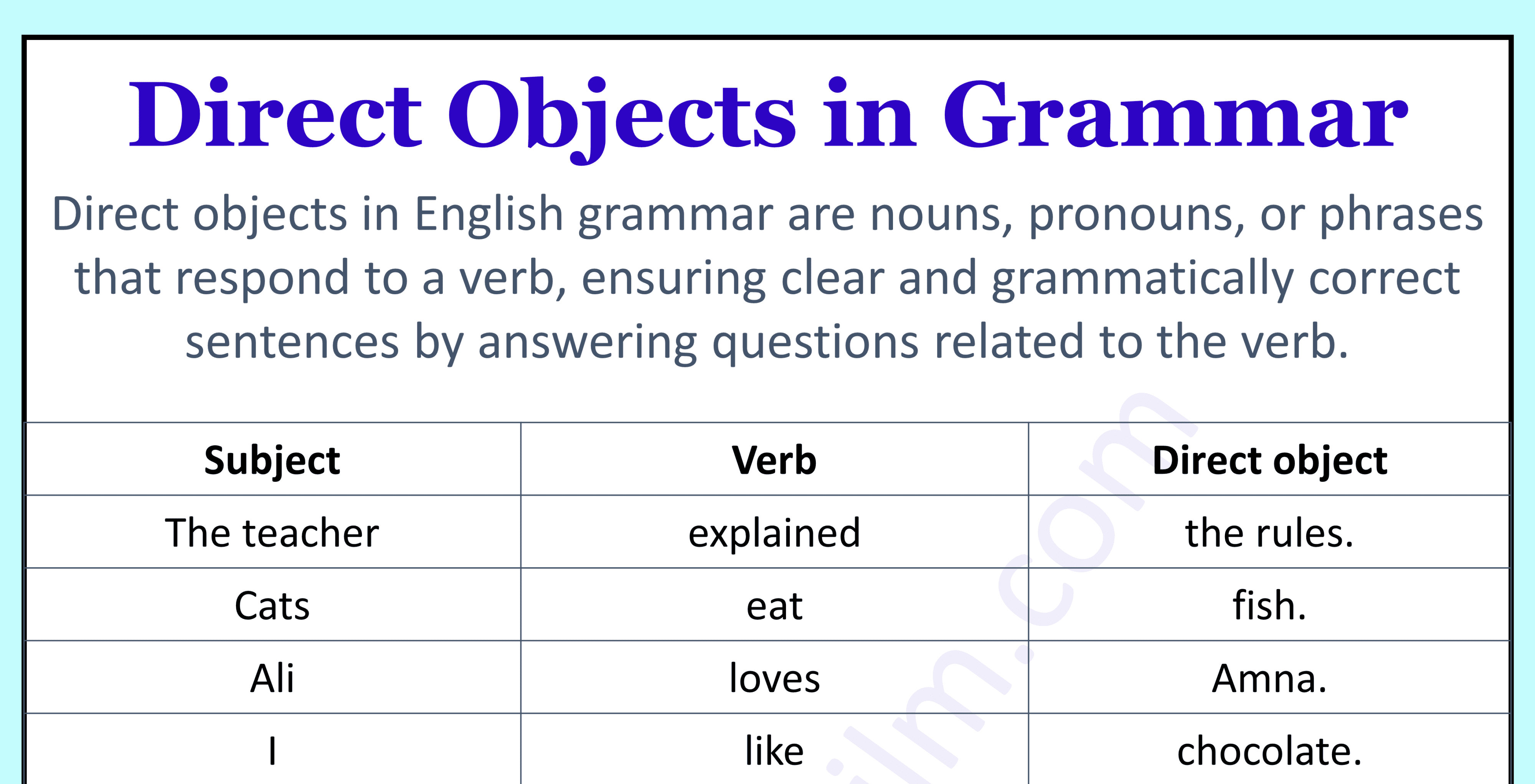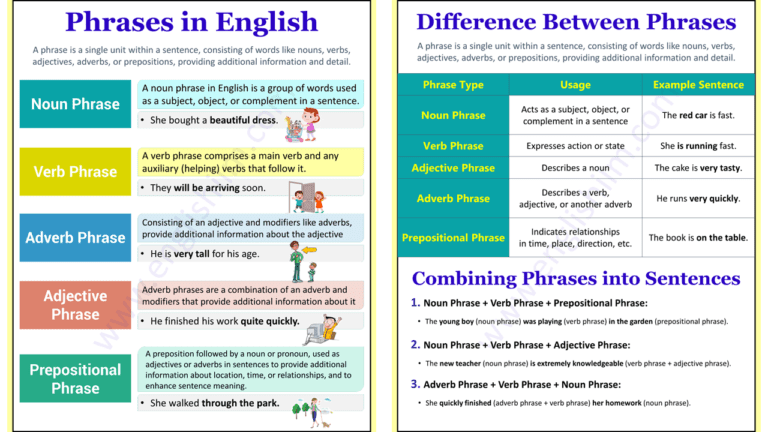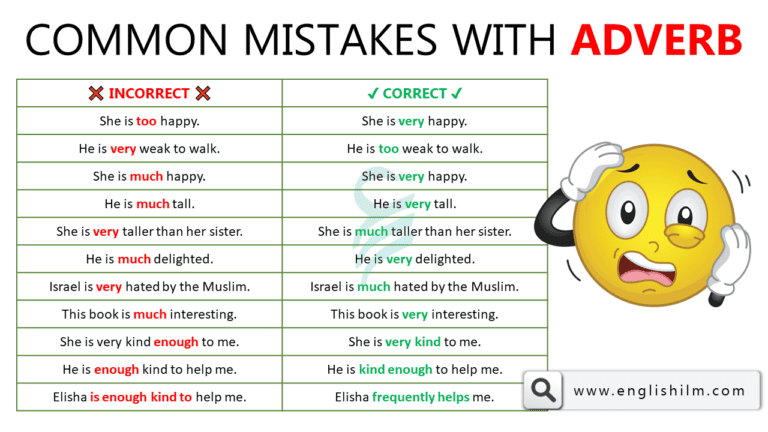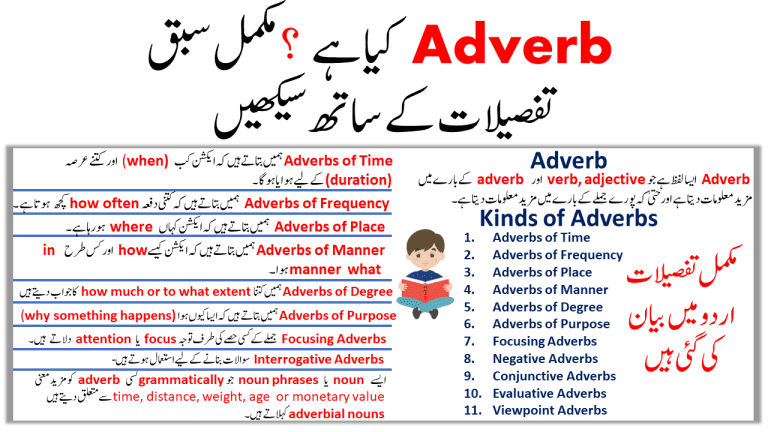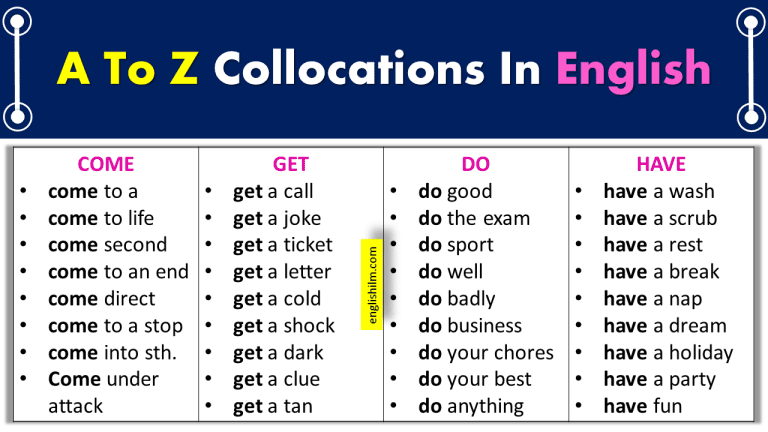In this blog post, we will learn about direct objects in English grammar, which are nouns, pronouns, or phrases that respond to a verb. Direct objects help form clear, grammatically correct sentences by answering questions related to the verb. Understanding how to identify and use direct objects will improve both your grammar and conversation skills in English. By mastering this concept, you’ll be able to form more accurate sentences and enhance your overall communication.
What are the Direct Objects?
In English, a direct object is the noun or pronoun that receives the action of the verb in a sentence. It answers the question “What?” or “Whom?” after the verb. Direct objects are essential to understanding the meaning of a sentence because they show who or what is affected by the action.
For example:
- She kicked the ball.
- He called her yesterday.
In these examples, “the ball” and “her” are direct objects because they receive the action of the verbs “kicked” and “called.” Direct objects can be people, things, or ideas that complete the meaning of a sentence.
Identifying the Direct Object
Follow these steps to identify the direct object in a sentence:
- Find the verb: Determine the action or state of being in the sentence.
- Ask “What?” or “Whom?”: Ask what or whom the verb is acting upon.
Consider the following sentence:
Sentence: The cat chased the mouse.
- Verb: chased
- Ask: The cat chased what?
- Direct Object: the mouse
The direct object in this sentence is “the mouse,” as it is the one the cat chased.
| Subject | Verb | Direct object |
|---|---|---|
| The teacher | explained | the rules. |
| Cats | eat | fish. |
| Ali | loves | Amna. |
| I | like | chocolate. |
| They | have bought | a new car. |
| The company | is considering | my proposal. |
| She | wrote | a letter. |
| Example | Explanation |
| She wrote a letter. | The subject (She) performed the action (wrote). The object (a letter) received the action. |
| They built a house. | The subject (They) performed the action (built). The object (a house) received the action. |
| We watched a movie. | The subject (We) performed the action (watched). The object (a movie) received the action. |
| The dog chased the cat. | The subject (The dog) performed the action (chased). The object (the cat) received the action. |
| She answered the question. | The subject (She) performed the action (answered). The object (the question) received the action. |
Examples of Direct Objects
Let’s look at more examples to understand how direct objects function in sentences:
Example: She reads books.
- Verb: reads
- Ask: She reads what?
- Direct Object: books
Example: They invited John to the party.
- Verb: invited
- Ask: They invited whom?
- Direct Object: John
Example: The teacher explained the lesson clearly.
- Verb: explained
- Ask: The teacher explained what?
- Direct Object: the lesson
Direct Objects with Pronouns
Direct objects can be pronouns, but they should be used in the objective case (me, you, him, her, it, us, them).
Example: I saw her at the mall.
| Verb | Ask | Direct Object |
| Saw | I saw whom? | her |
Example: Can you help me with this task?
| Verb | Ask | Direct Object |
| help | Can you help whom? | me |
Learn more about: Types of Pronoun
Direct Objects in Questions
In questions, the direct object may appear before the verb, but it still answers “What?” or “Whom?”
Examples:
| What did you buy? | Verb | Ask | Direct Object |
| did buy | You did buy what? | what |
| Whom did she call? | Verb | Ask | Direct Object |
| did call | She did call whom? | whom |
Learn more about: Interrogative Example Sentences
Direct Objects in Compound Sentences
In compound sentences, each clause can have its own direct object.
Example: She baked a cake and decorated the room.
| Clause 1 | Verb | Ask | Direct Object |
| She baked a cake. | baked | She baked what? | a cake |
| Clause 2 | Verb | Ask | Direct Object |
| and decorated the room. | decorated | decorated what? | the room |
Learn more about: Compound Sentences in English
Practice Exercises
Identify the direct objects in the following sentences:
- The chef prepared a delicious meal.
- He wrote a letter to his friend.
- The audience applauded the performers.
- She loves reading mystery novels.
- The company launched a new product.
Answers to Practice Exercises
- Direct Object: a delicious meal
- Direct Object: a letter
- Direct Object: the performers
- Direct Object: mystery novels
- Direct Object: a new product
Direct objects enhance writing and communication skills by adding clarity and detail to sentences. Identifying and using them involves asking “What?” or “Whom?” for the verb.
Read More

